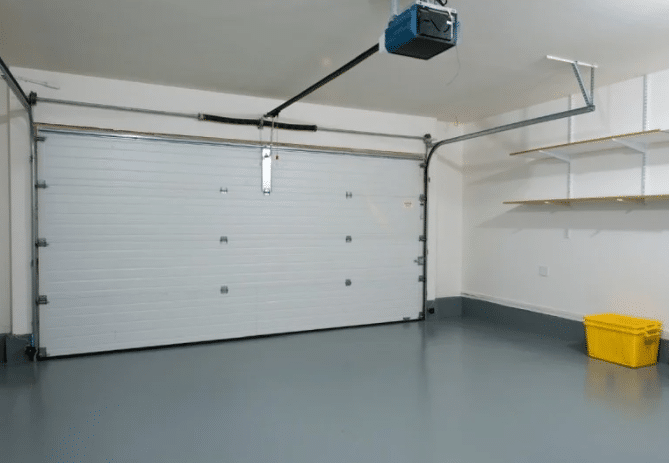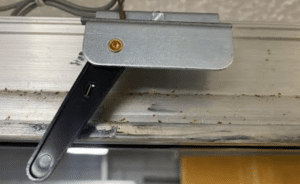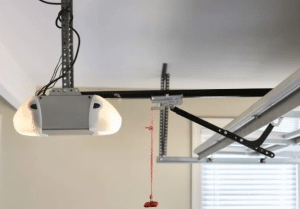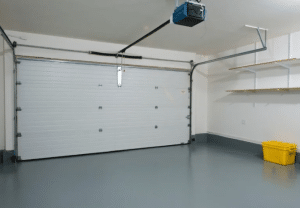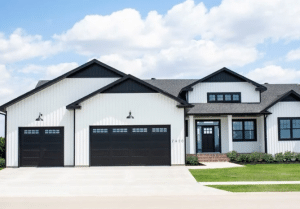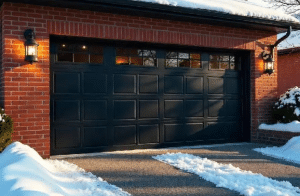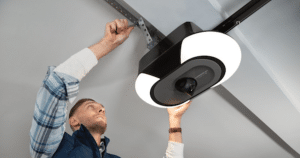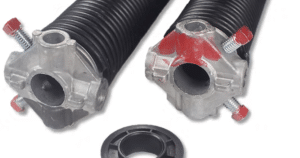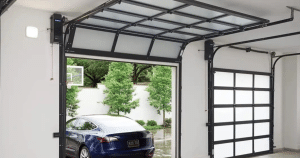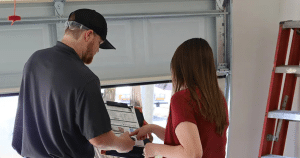Get a closer look at the anatomy of garage door systems. From panels to tracks, learn about the functions and importance of each component.
The garage door is often one of the most frequently used entry points in a home or commercial building, yet its components are commonly overlooked until something goes wrong. To make informed choices about repairs, maintenance, or upgrades, it’s essential to understand how a garage door works from the inside out. Learning the anatomy of garage door systems enables property owners to identify minor issues before they escalate and facilitates effective communication with service technicians.
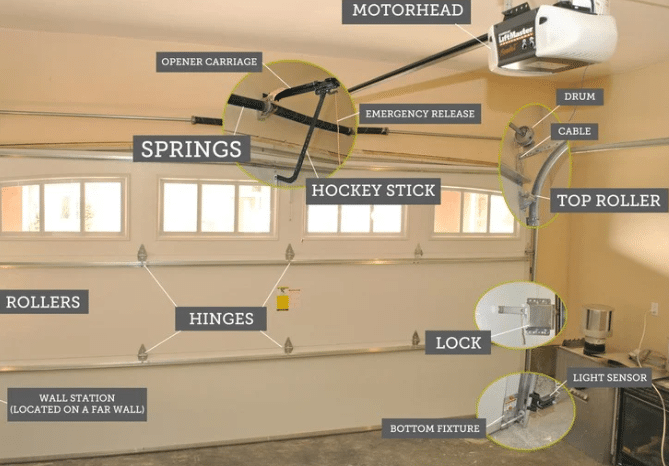
Modern garage doors are engineered for durability, safety, and efficiency, but they rely on a complex arrangement of interconnected parts. From torsion springs to safety sensors, each piece has a specific role in ensuring seamless operation. Familiarity with the anatomy of garage door mechanisms not only extends the lifespan of your system but also improves safety and functionality.
In this blog, we explain the main components of a garage door, their functions, and how to maintain your door for optimal performance. Whether you own a home, run a business, or manage properties, understanding how garage doors work can help you identify and resolve issues, keeping them in good working condition.
Core Components in the Anatomy of Garage Door Systems
Garage Door Panels and Sections
Garage door panels form the visible and protective surface of the door. These panels are usually segmented into horizontal sections that are connected with hinges, allowing the door to bend as it opens or closes. The type of material (steel, wood, aluminum, composite) affects durability and insulation. Damaged panels can impact alignment and aesthetics, making timely inspection important.
Tracks and Rollers: Ensuring Smooth Movement
Tracks guide the garage door as it opens and closes, either vertically or horizontally. Paired with rollers, these components reduce friction and ensure consistent movement. Dirty or misaligned tracks can hinder functionality. Routine lubrication and inspection help prevent wear and noise.
Garage Door Springs: The Power Source
Garage doors are heavy, and springs counterbalance their weight. There are two main types: torsion springs and extension springs. Torsion springs are mounted above the door and twist to provide lifting force, while extension springs stretch and contract along the sides. Understanding their role in the anatomy of garage door systems is crucial because spring failure is a common issue that requires professional attention.
Cables and Drums: Supporting the Lifting Process
Connected to the springs, cables, and drums aid in lifting and lowering the door. These high-tension parts are critical to safe and effective operation. Damaged or frayed cables can snap and create serious safety hazards.
Hinges and Brackets: Flexibility and Stability
Hinges connect door sections, allowing them to pivot as the door moves along the track. Brackets secure hinges, rollers, and cables in place. Rust or fatigue in these components can lead to structural instability. Regular checks ensure they remain tight and rust-free.
Garage Door Opener and Motor: The Brain of the System
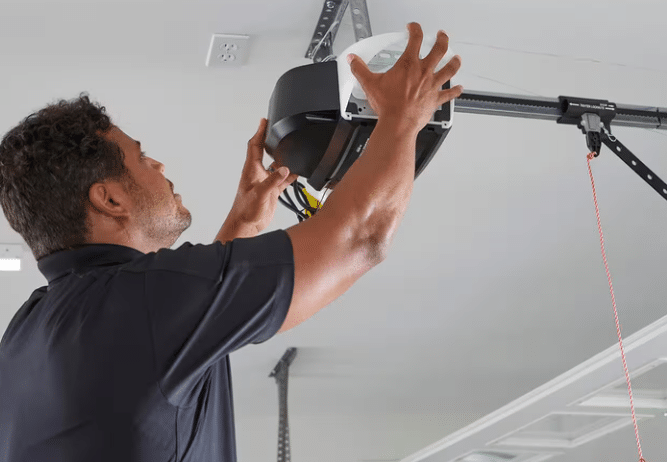
The garage door opener houses the motor and drive system that automates the door’s movement. Openers come in chain-drive, belt-drive, or screw-drive models. Integrated safety features such as auto-reverse sensors and Wi-Fi connectivity are increasingly common. Keeping the opener in good condition ensures consistent performance.
Safety Sensors and Photo Eyes: Protecting People and Property
Modern garage doors include safety sensors installed on either side of the door near the ground. These photo eyes detect obstructions and prevent the door from closing if something is in the way. Misaligned or dirty sensors are a common cause of malfunction and should be tested monthly.
Weather Seals: Protection From the Elements
Weather seals, or garage door bottom seals, are located at the base and sometimes along the sides of the door. These seals block out wind, rain, dust, and pests. Worn or cracked seals compromise energy efficiency and indoor comfort.
Why Understanding the Anatomy of Garage Door Matters
Having a solid understanding of how your garage door works isn’t just for technicians—it’s essential knowledge for any homeowner or property manager. Familiarity with the key components of a garage door system can help you prevent problems, maintain safety, and extend the life of your door.
Identify Problems Early and Avoid Costly Repairs
Recognizing the warning signs of wear or malfunction becomes much easier when you understand how each part of the system functions. Whether it’s a frayed cable, a grinding sound from the opener, or a door that won’t close properly, early detection allows for quicker and more affordable fixes before minor issues turn into major repairs.
Communicate More Effectively with Technicians
When you know the basic terminology and functions of garage door parts—like torsion springs, rollers, or safety sensors—you can clearly explain issues to a technician. This often leads to faster diagnoses and more accurate service, saving you time and ensuring the job is done right.
Improve Safety Around High-Tension Components
Garage doors may seem simple, but they rely on high-tension components like springs and cables that can be dangerous when mishandled. Knowing what these parts do and why they matter helps you recognize when it’s time to leave the job to professionals—and when a quick fix is safe to do yourself.
Empower Routine Maintenance and Inspections
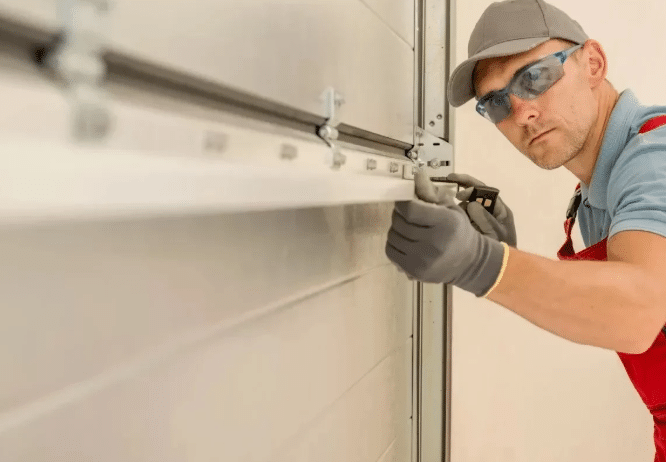
For property owners responsible for ongoing upkeep, understanding garage door anatomy makes regular inspections far more effective. You’ll know what’s normal, what needs lubrication or adjustment, and what might require a professional’s touch. This proactive approach can prevent inconvenient breakdowns and extend the lifespan of the entire system.
Make Better, Faster Decisions
Whether you’re dealing with a noisy opener, a misaligned track, or a sagging panel, knowing the purpose and placement of each garage door component allows you to act with confidence. You’ll be equipped to troubleshoot minor issues, request the right repairs, and make informed decisions about upgrades or replacements.
Frequently Asked Questions
What are the main parts of the anatomy of garage door systems?
The key components include door panels, tracks, rollers, springs (either torsion or extension), cables, drums, hinges, brackets, the opener and motor unit, safety sensors, and weather seals. Each part plays a role in the smooth operation and safety of the system.
How often should I inspect the parts of my garage door?
A visual inspection every three months is recommended to check for wear or damage. In addition, scheduling a professional tune-up or service once a year helps ensure long-term performance and safety.
Can I repair broken springs myself?
No. Garage door springs are under extreme tension and can cause serious injury if handled improperly. Always call a trained technician for any spring repairs or replacements.
What causes garage door sensors to stop working?
The most common issues include misalignment, dust or debris blocking the sensor lenses, or wiring problems. Cleaning the lenses and making sure the sensors are properly aligned often solves the issue.
Why is it important to understand the anatomy of garage door systems?
Understanding the basic components allows you to identify issues early, communicate more clearly with repair professionals, and avoid safety risks. It also makes routine maintenance more effective and less stressful.
Conclusion
Understanding the anatomy of garage door systems is essential for homeowners and commercial property owners alike. It allows you to take proactive steps in maintaining the door’s functionality and identifying issues before they turn into emergencies. Whether you’re conducting a quick inspection or hiring a professional, a foundational understanding will serve you well.
Knowing how each component functions enhances safety, ensures smoother operation, and supports long-term reliability. Springs, cables, tracks, and sensors all play a role in the overall performance, and being aware of their roles helps you maintain peace of mind. Garage door failures often stem from preventable problems, making awareness and education critical.
If you’re located in Keller, TX, or nearby areas, Keller Garage Doors offers comprehensive garage door solutions backed by years of industry experience. From minor tune-ups to full replacements, our team ensures each component in your garage door system operates flawlessly. Contact us today to schedule your inspection or service appointment.
End Note
Keller Garage Doors is where mechanical mastery meets modern innovation. We specialize in everything from the basics, like garage door cables, hinges, and tracks, to more complex elements like motorized systems and cutting-edge openers. Whether it’s repairing broken springs or handling precise torsion spring repair, our technicians are experts in ensuring safe, reliable performance for every garage door.
We proudly offer complete garage door repairs and expert garage door replacement services to keep your system running smoothly. Our full-spectrum garage door service is available across all our service areas, including Fort Worth and beyond. Every repair and installation we complete is backed by a commitment to precision and customer satisfaction.
To learn more about our values and technical expertise, visit our About Us page or explore insights and maintenance tips on our blog. You can also connect with us via Twitter and our YouTube channel to stay updated. When you’re ready for expert service or have a question, reach out through our contact page. We’re here to keep your garage door safe, strong, and smart.
Keller TX Garage Door
1145 Bancroft Rd, Keller, TX 76248, United States
+18176972922

